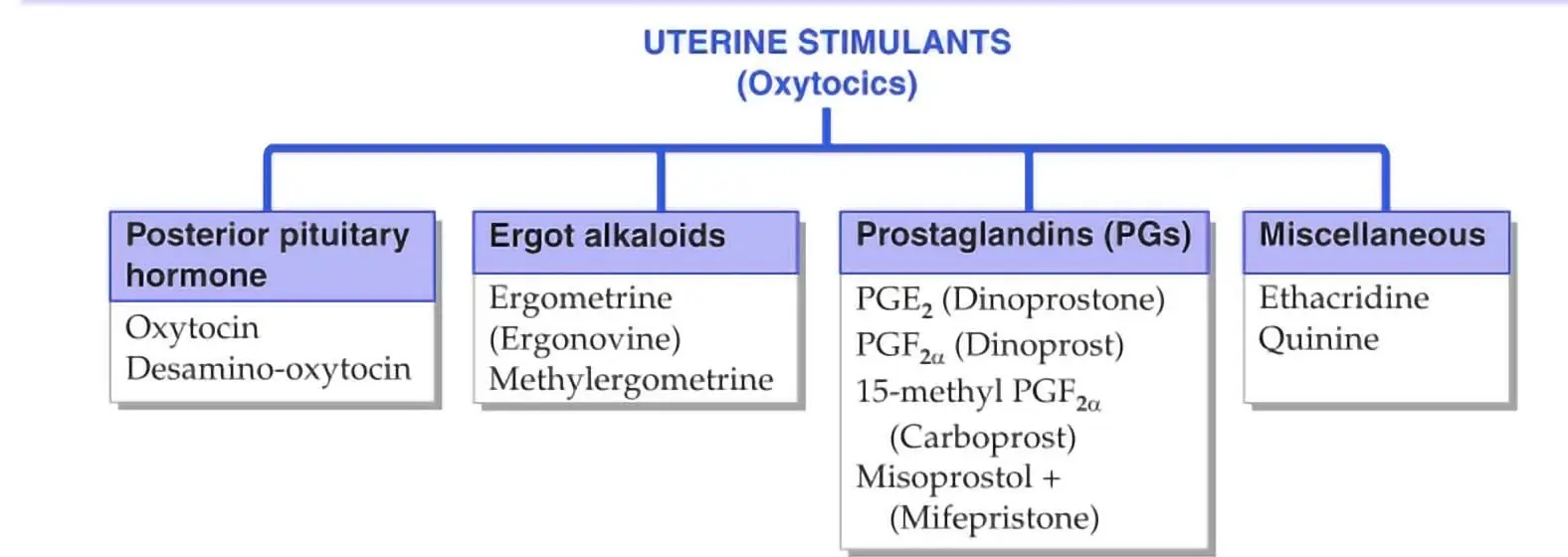Uterine stimulants are substances or medications used to induce or strengthen contractions in the uterus, the muscular organ that holds a baby during pregnancy and helps in its delivery. These stimulants come into play during childbirth, especially if labor isn’t progressing as it should.
Table of Contents
When Are They Used?
Uterine stimulants are mainly used when a doctor or midwife thinks it’s necessary to kickstart labor or make it more efficient. Common reasons include being overdue, if the mother’s water has broken but labor hasn’t begun, or if the contractions are weak and not doing their job properly.
Types of Uterine Stimulants
There are two primary categories of uterine stimulants:
- 1. Endogenous Stimulants: These are the natural hormones produced by the body to regulate contractions. Oxytocin, often referred to as the “love hormone,” plays a significant role. It’s produced in the brain and released by the pituitary gland. Synthetic versions of oxytocin are also used in medical settings.
- 2. Exogenous Stimulants: These are medications or external substances administered to induce contractions. One common example is Pitocin, a synthetic form of oxytocin. It’s often given through an IV drip.
How Do They Work?
Uterine stimulants work by binding to specific receptors on the uterine muscle cells. When these receptors are activated, they trigger contractions. Think of it like a remote control for the uterus, telling it to start squeezing. These contractions help push the baby down through the birth canal and eventually out into the world.
Classification
- UTERINE STIMULANTS (Oxytocics)
- Posterior pituitary hormone- Oxytocin, Desamino-oxytocin
- Ergot alkaloids- Ergometrine (Ergonovine), Methylergometrine
- Prostaglandins (PGs)- PGE2 (Dinoprostone), PGF2 (Dinoprost), 15-methyl PGF20 (Carboprost), Misoprostol + (Mifepristone)
- Miscellaneous- Ethacridine Quinine
Reference
- Classification of Progestins- KD Tripathi
- National Library of Medicine- Drugs acting on the pregnant uterus
Related Links
